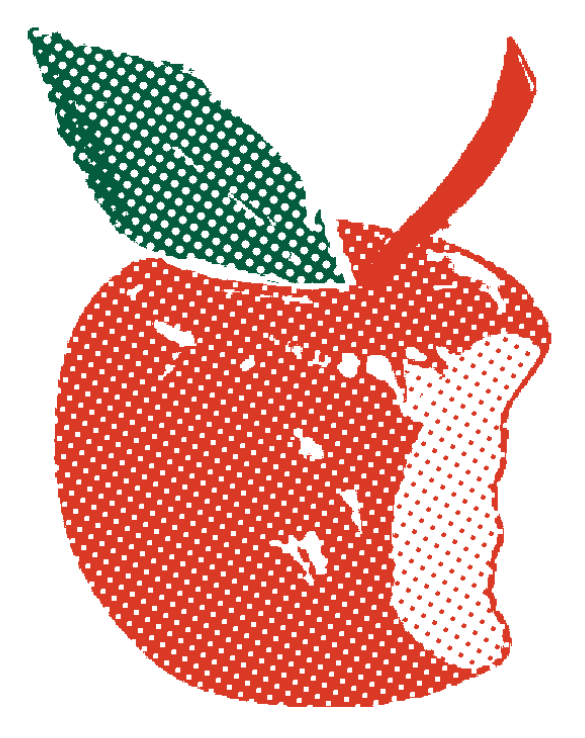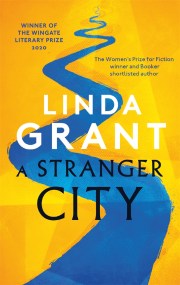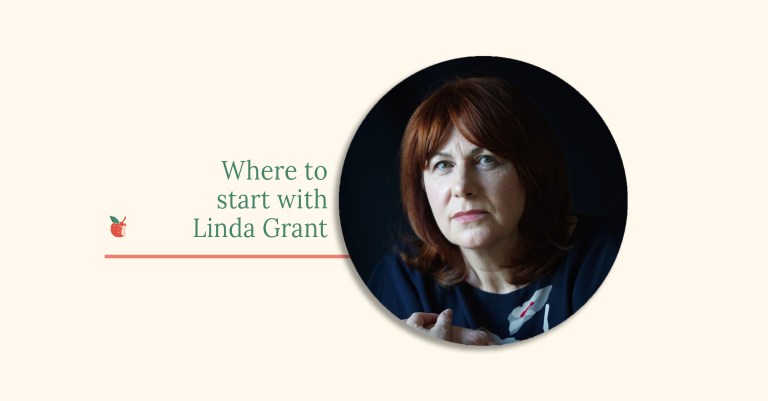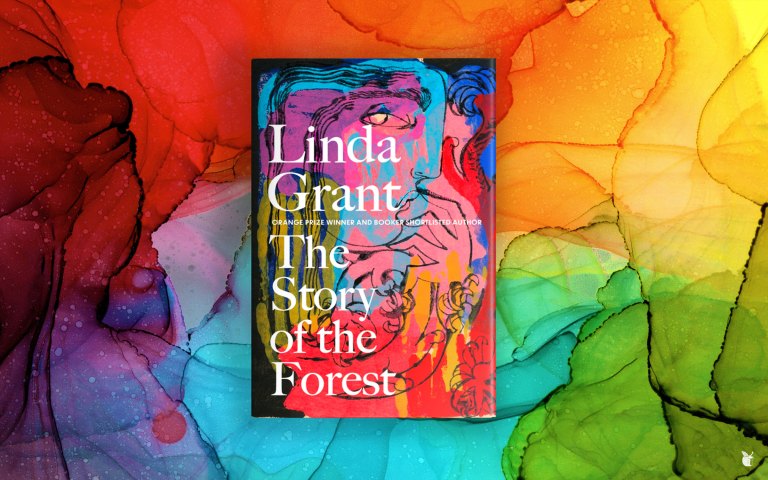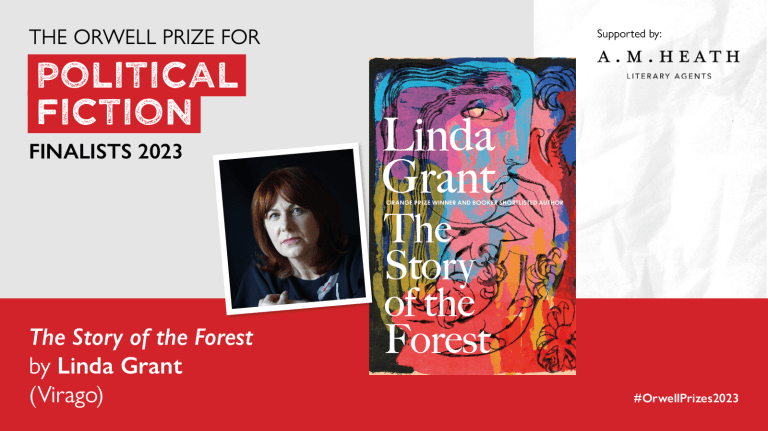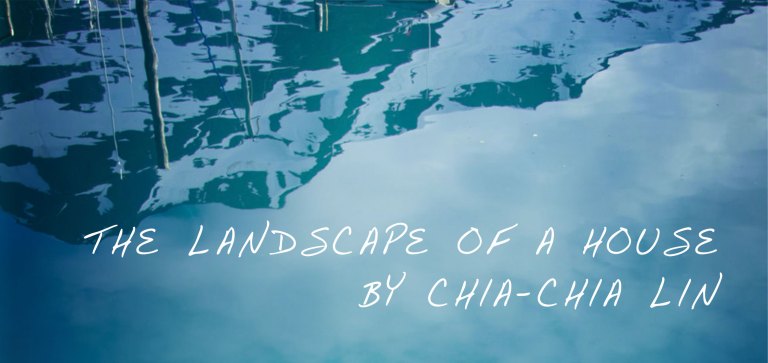London in Lockdown by Linda Grant
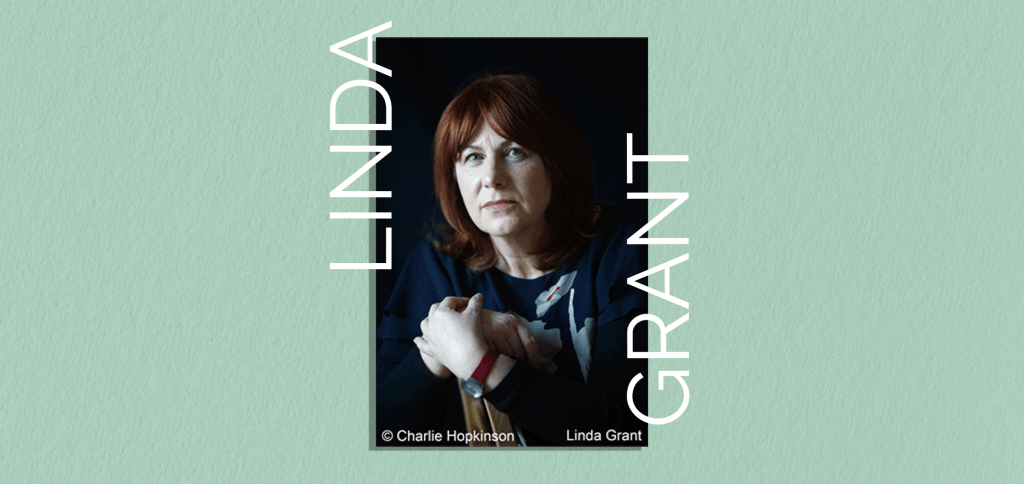
With restrictions beginning to ease author Linda Grant shares what she has discovered about herself, her neighbours and her city during lockdown.
The flat is on a road which dissects east-west the brow of a hill in North London. It is a quiet side street leading to a dead end where the railway line runs from Hertfordshire down to Kings Cross. Eighty years ago the tracks were a target for German air raids and stray bombs, let loose, took out pairs of Edwardian houses. In their place post-war blocks of flats were constructed and that is where I have lived for the past six years.
From the window of my office I can see a much larger bow-windowed mansion block. It is four storeys high and there are sixty-four flats, divided between two wings situated on my road and round the corner. In a gap between the two I used to be able to see, in the distance, the Shard, but recently the view has been obliterated by what developers generically call ‘luxury apartments’ going up next to Finsbury Park tube station. They were not that long ago conceived in an era when it was imagined that what people wanted was garden-less urban living hard on excellent transportation links to work. A concept which is already feeling as dated as a song by Ivor Novello. Across the road all the flats in the mansion block are one-bedroom, no families there, mostly young couples and the single, older divorced. I see them coming out in the morning to run, or unlock the bike hangar and collect their cycles, or (not so much now) walking quickly, well-dressed, to the station. The narrow front garden is filled with low-maintenance shrubs looked after by a contractor.
I was hoping when I moved here that it would become all a bit Rear Window, the Hitchcock film about the laid up journalist spying on his neighbours, but I’ve never seen anything of even minor interest. It’s mostly cooking. Christmas trees and lights go up in December, one flat installed a giant wall-mounted TV and watched Question Time on it, all that anger flooding into his living room. One has installed the coldest lighting I’ve ever seen; it looks like a factory hangar. Thin fare for the curious.
I thought I was going to be fine in lockdown. I really couldn’t see how my life would change much: I would get up as usual, go to my office, turn on my laptop and write the novel I was supposed to be writing. I thought I was going to be all right, but I wasn’t. I very quickly became frightened and anxious. Anxiety is not the same as stress, as a cold isn’t flu. Anxiety highjacks the amygdala, the tiny gland in our brains that manages uncertainty by a binary choice of actions: the fight or flight impulse. My amygdala had been triggered by the greatest uncertainty I’d ever known which it primitively interpreted as physical danger (not so misdirected – was I going to die, were the people I loved going to die, was the whole human race going to die?). The amygdala went to work, efficiently cutting off the neural pathway to the prefrontal cortex, the rational evaluative section of the brain, to make sure I was fully focused on immediate reactions. It secreted cortisol to get my body ready to move. It swirled around, causing horrible dizziness and nausea and loss of appetite. The amygdala was priming my body to take action when there was no action to take, just hideous immobility and uncertainty about a future no adult alive has ever experienced. All this was explained to me by my sister. And it was one of the most helpful things I have learned – a message that connects us to our hunter-gatherer ancestors, a warning flung far into a future of broadband and Zoom calls. We are still physiologically the same.
The first week of the lockdown started before the clocks went forward. At eight in the evening it was dark. It was difficult to imagine trees in leaf and light in the evening streets. Mindfulness insisted on living in the moment, as if this would calm you down. So here we were, this endless, locked-in, lonely night-time was the moment. I had heard on the news that for a minute or two we were supposed to go to the window and clap for the NHS. A few friends had mentioned that they were going to do it, but it seemed to me to be a self-conscious act of limited meaning. Some NHS staff were already saying they didn’t want applause, they wanted a reliable supply of PPE and better pay. My curtains were drawn. I might do it, but probably it would be just me, my hands faltering and losing their momentum in the general silence. I went to the window and opened it. There was silence out there, and I thought, it’s not going to happen.
Across the road in the large anonymous mansion block another window opened and someone was standing there clapping. I joined him, so he would feel less alone and so would I.
Then all the windows opened and projecting out through the darkness, squares of light, figures clapping, whooping, whistling, banging saucepan lids, the world was exploding, peopled, not so anonymous now, and passing cars slowed and repeatedly honked their horns. Further along the road I could see people standing at their garden gates and someone was playing an electric guitar.
City of strangers. City of atomised lives and brief tangential encounters. The great novel of the city is Dickens’ Our Mutual Friend, with its overlapping classes of dodgy financiers and dust-mountain magnates, with clerks and river people in between. London is packed with everything. It is always metaphorical and phantasmogoric and its chroniclers must come to terms with anonymity and coincidence. The city novel is not one of landscape writing, but of those passed on the street or seen through a lighted window, people whose interiority we have no access to, who are the sum of their signs and appearances. When I started writing A Stranger City in the Autumn of 2016, I was imagining a future of deportation trains and prison ships, where time twisted and bent, where pockets of London which lay hidden through secret passages became suddenly accessible. Neighbourhoods rose and fell and rose again, became gentrified, their ethnic populations changing, young middle-class couples priced out of inner London driven to two-bedroom former cottages for railway workers.
But I never imagined a pandemic. If I had, I would have thought of it as the Great Plagues of the past, of bodies piled up in the street. Instead our twenty-first century coronavirus is about social isolation. What I would not have imagined is the way a battery of postage-stamp squares of people standing at open windows in the night would give me the courage to face the weeks that were to come, knowing that every Thursday evening, as it grew lighter, the ritual would go on, be strengthened, more people standing on doorsteps. Bodies were piling into the street, living ones. It was to do with sharing what shreds of courage we had left, amplifying it. We were clapping for ourselves and for our neighbours because we needed the solace. Now the windows are blank again. Behind the blinds people on furlough are working at screens, the plane trees are in heavy leaf, emitting pollen, and we’re all sneezing, not with virus but hay fever. Someone in our COVID-19 WhatsApp group has suggested a street party when all this is over. Somehow we are becoming less strange to one another. We feel touched, without actually being able to touch. Such are the city’s consolations in all its strangeness.
Linda is the author of The Cast Iron Shore (1996), Remind Me Who I Am, Again (1998), When I Lived in Modern Times (2000), Still Here (2000), The People on the Street: A writer’s View of Israel, (2005), The Clothes on their Backs (2008),The Dark Circle (2016) and A Stranger City, published in 2019.
She has lived in London since 1984.
WINNER OF THE WINGATE LITERARY PRIZE 2020
When a dead body is found in the Thames, caught in the chains of HMS Belfast, it begins a search for a missing woman.
A policeman, a documentary film-maker and an Irish nurse named Chrissie all respond to the death of the unknown woman in their own ways. London is a place of random meetings, shifting relationships - and some, like Chrissie, intersect with many. The wonderful Linda Grant weaves a tale around ideas of home; how London can be a place of exile or expulsion, how home can be a physical place or an idea, how all our lives intersect.
'Reminds us of the depth and strength of the communities that are our beloved London. Thank you' Philippe Sands
'There's a Dickensian quality to the opening scene and yet it's one of the most bitingly contemporary publications of the year - a shifting, polyphonic narrative' Hephzibah Anderson, Mail on Sunday
'There is a richness in this novel, found in a migrant experience that is deeply embedded rather than distinct from its environment... a compelling read' Jake Arnott, Guardian
'The novel is fleet-footed... the way even the minor characters flare into life gives the novel richness and depth... a novel fit for shifting, uncertain times' Suzi Feay, Financial Times
